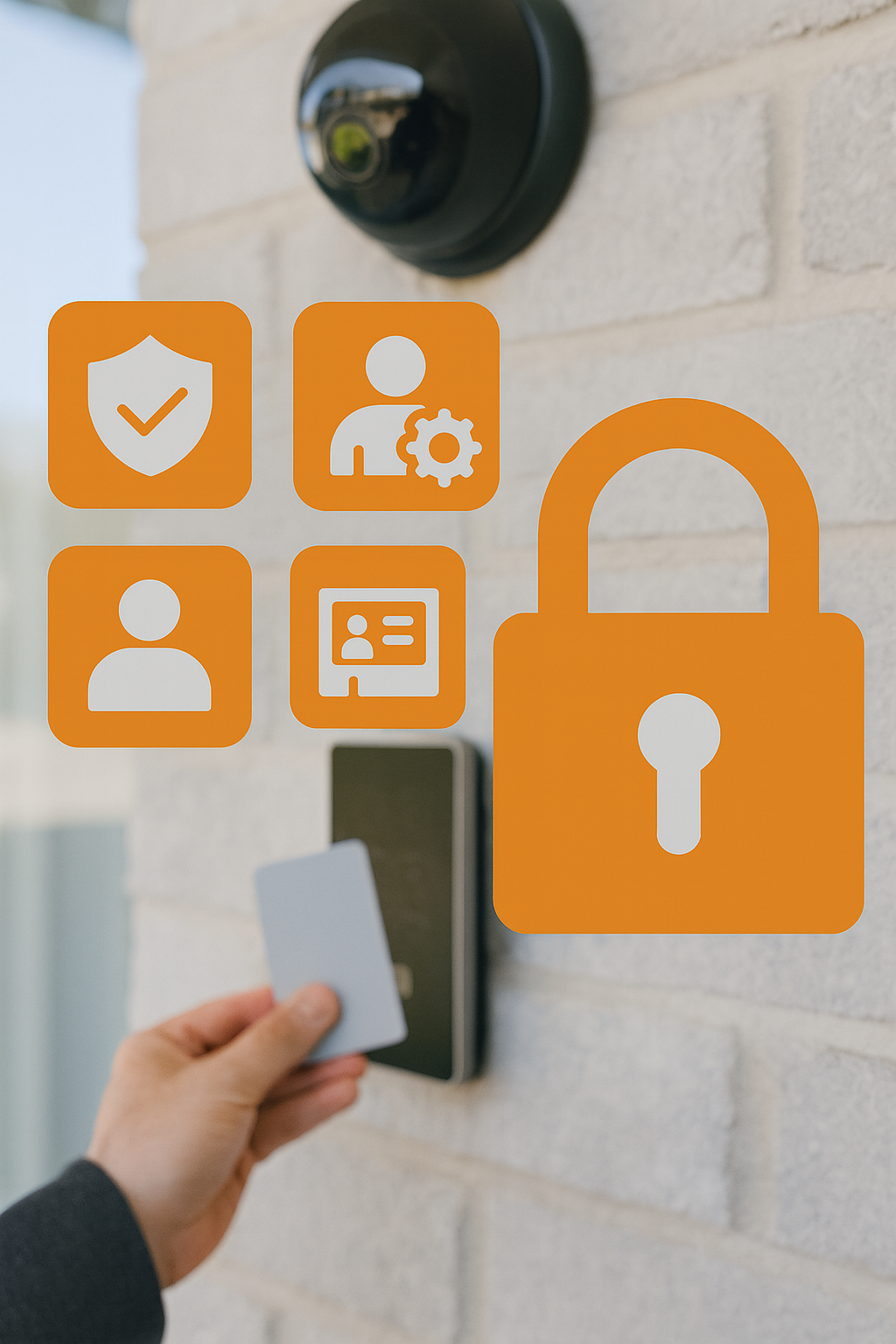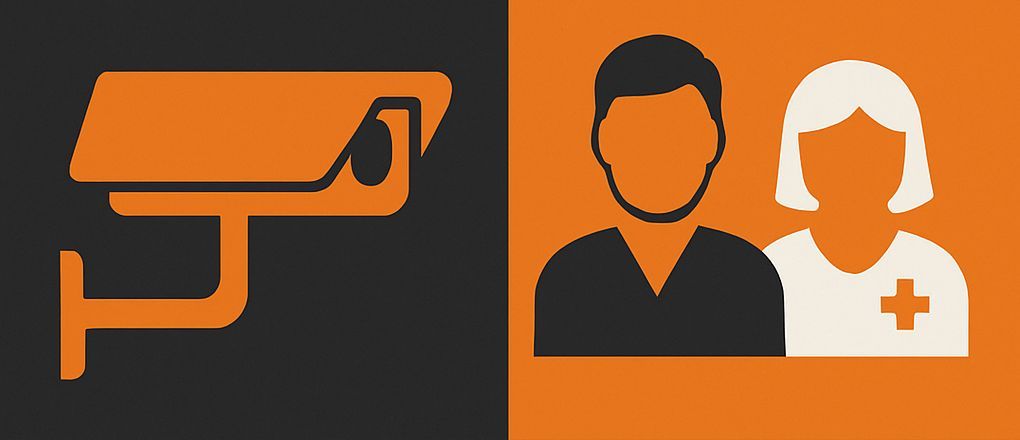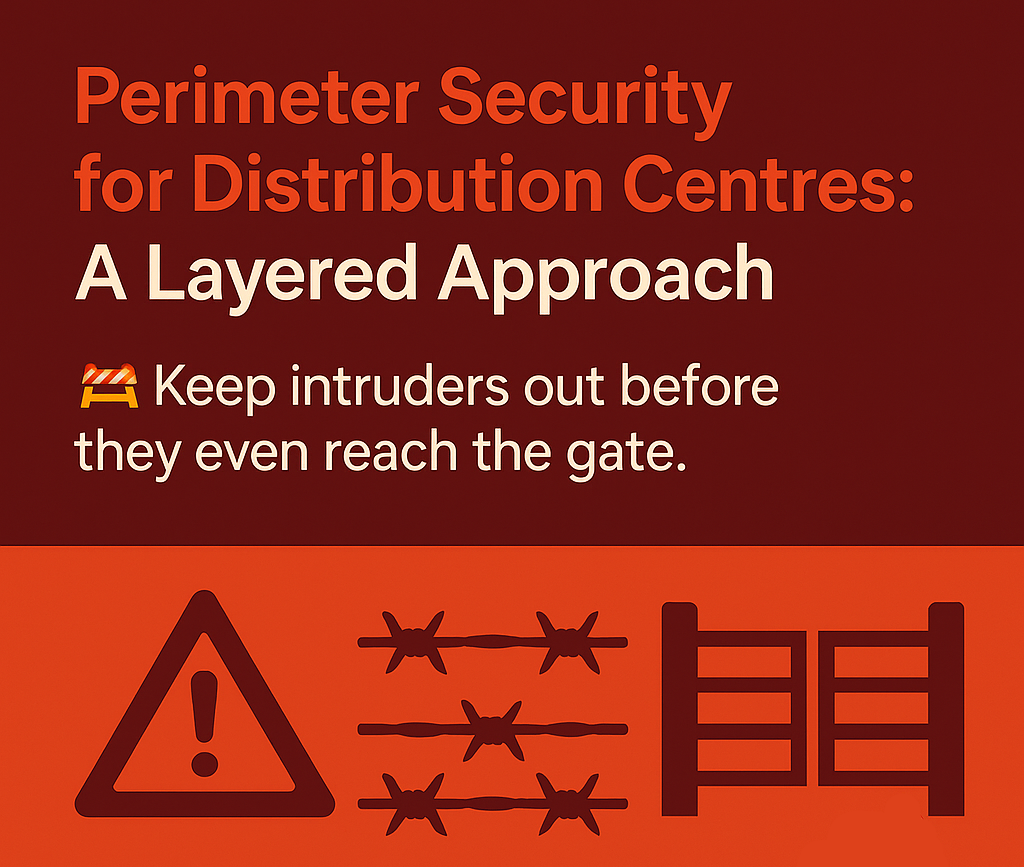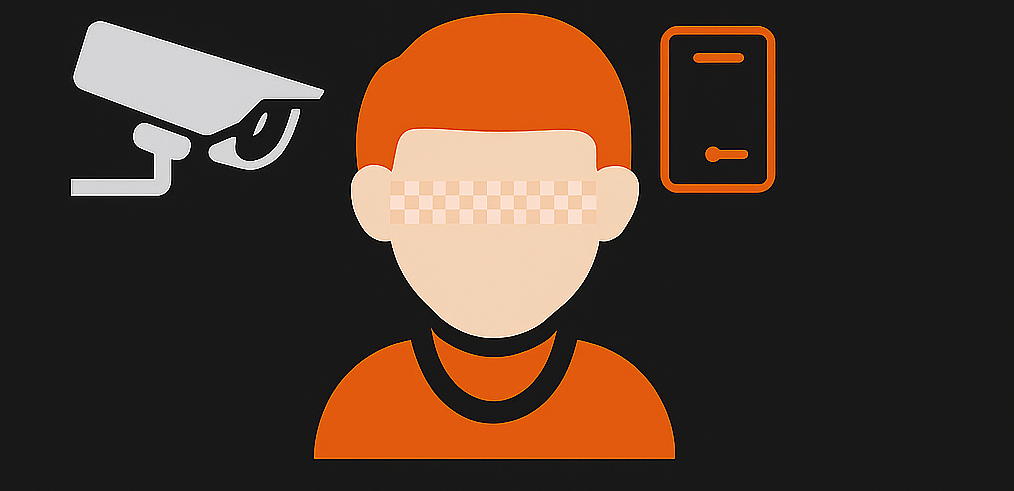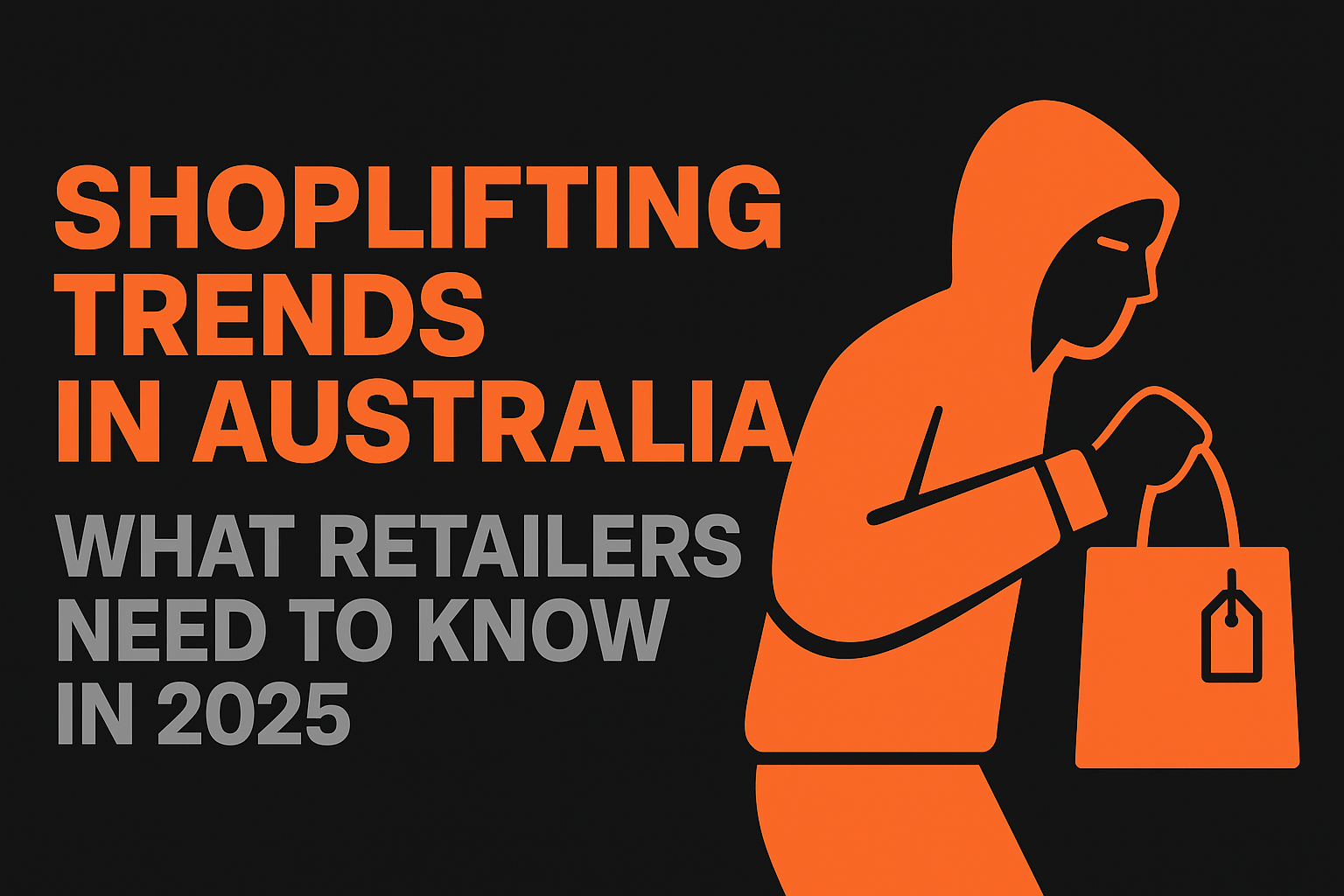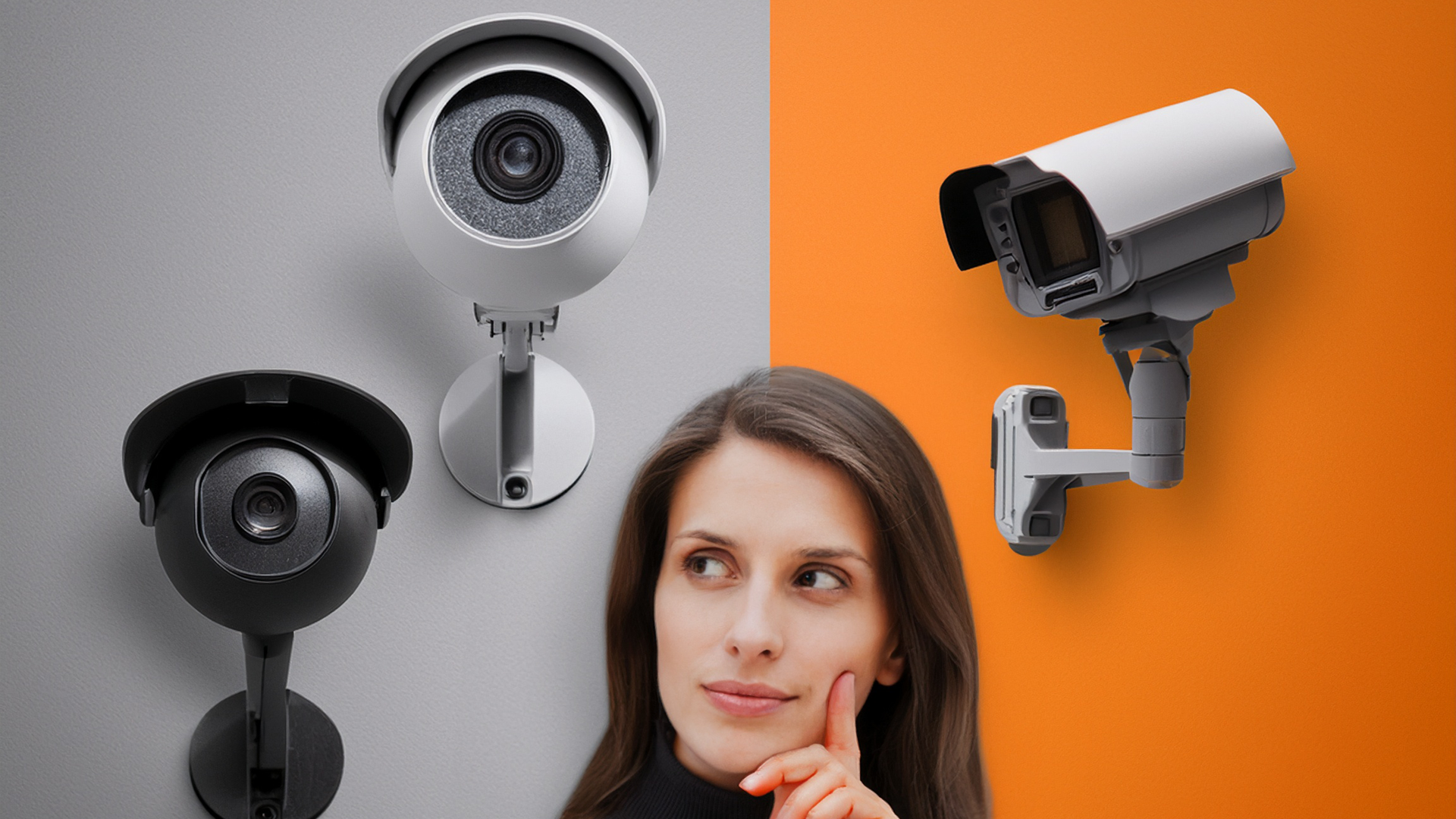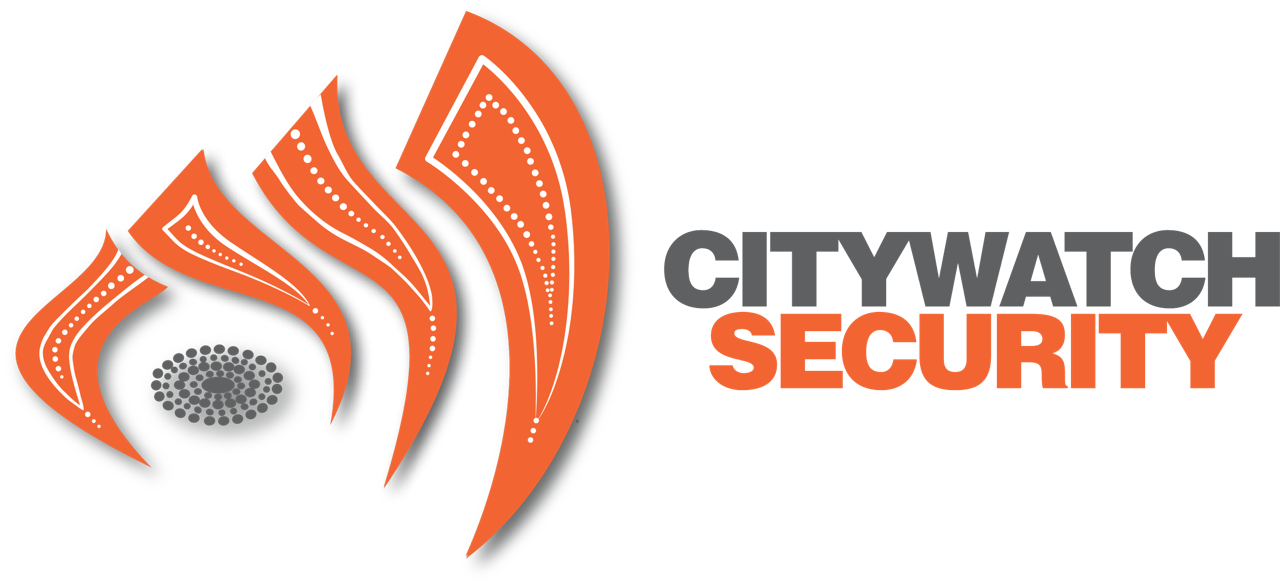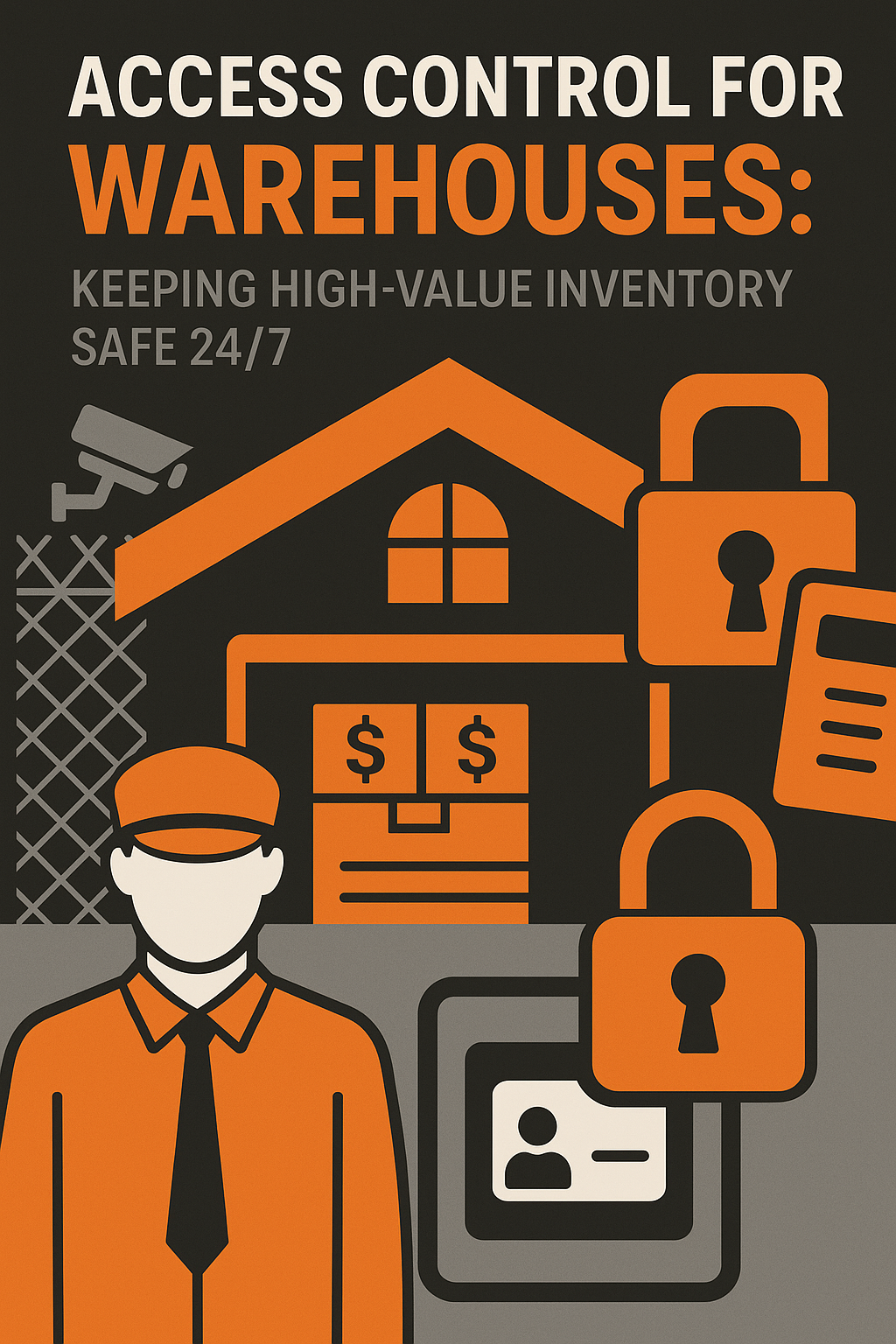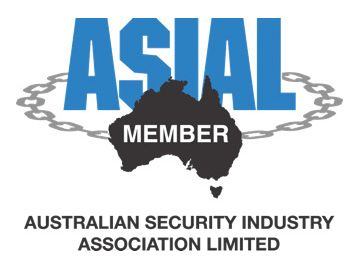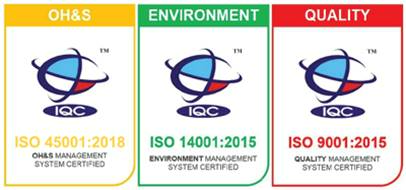SAFEGUARDING OUR SCHOOLS: THE IMPACT OF ACCESS CONTROL ON SECURITY IN AUSTRALIAN EDUCATION
SAFEGUARDING OUR SCHOOLS: THE IMPACT OF ACCESS CONTROL ON SECURITY IN AUSTRALIAN EDUCATION
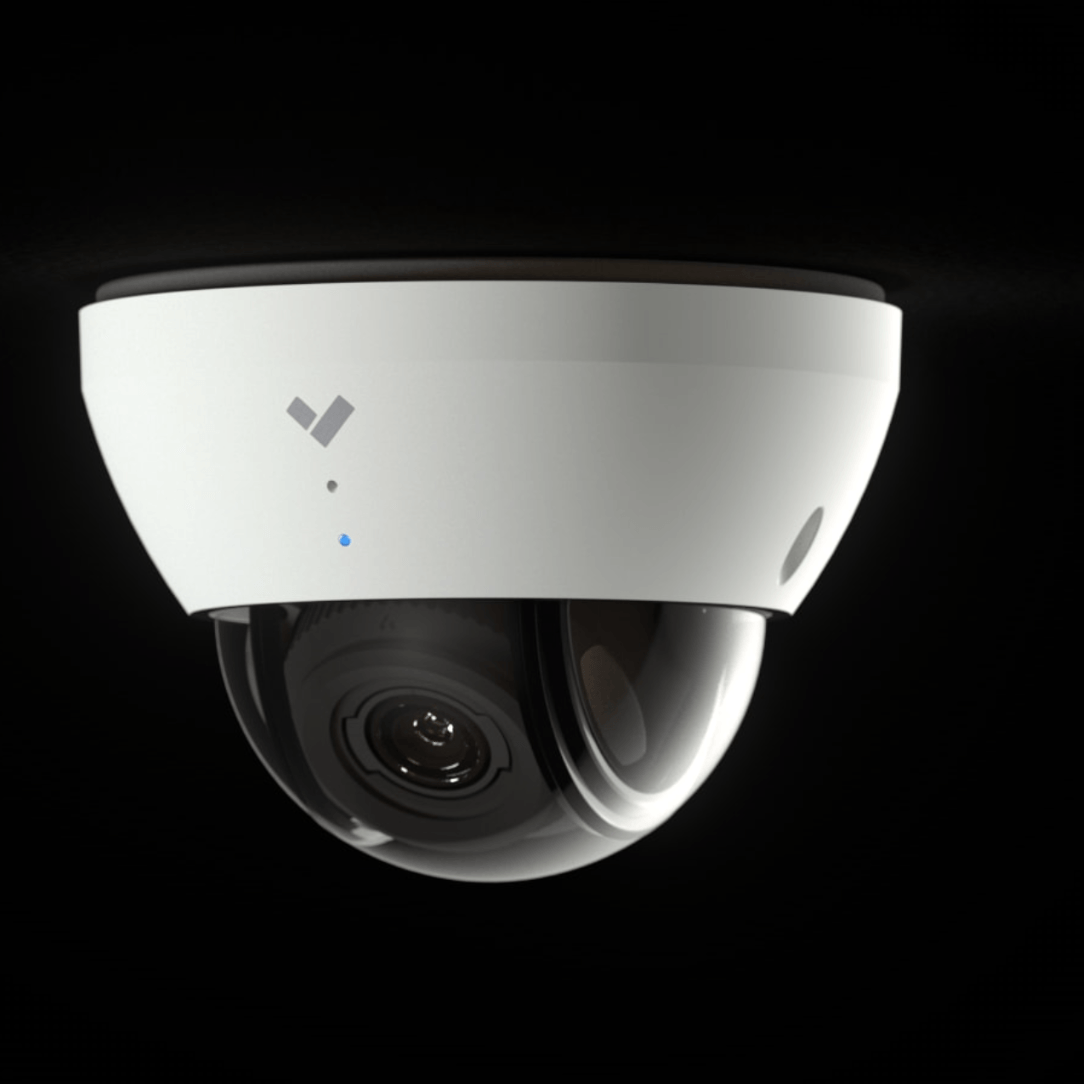
Ensuring the safety and security of students and staff is a top priority for educational institutions worldwide, and Australia is no exception. In recent years, access control systems have played a crucial role in enhancing school security across the country. In this post we attempt to shed light on the instrumental role of access control in fortifying the security measures implemented by schools in Australia.
The Landscape of School Security in Australia:
Security Challenges
Australian schools face diverse security challenges, ranging from unauthorised access, on campus vaping and intruders, to emergency situations like natural disasters and, unfortunately, incidents of violence. These challenges necessitate a comprehensive security approach that leverages advanced technologies to create safer learning environments, while maintaining the right to privacy.
Traditional Measures
Historically, schools in Australia, like many other places, relied on traditional security measures such as surveillance cameras and manual access control systems. However, with the evolving nature of security threats, there is a growing recognition of the need for more sophisticated and adaptable solutions such as those implemented by Verkada, who partner with CityWatch. Verkada’s solutions include hardware such as environmental monitors, which can be used to indicate unauthorised behaviours through changes in noise and air quality.
Improved Incident Response
Schools implementing advanced access control systems experienced a significant improvement in incident response times. The integration of access control with surveillance and alarm systems enables real-time monitoring, allowing security personnel to respond promptly to potential threats.
Implementing Access Control in Australian Schools
Access control systems in Australian schools are often part of integrated security solutions that include surveillance cameras, alarms, and communication systems. This holistic approach ensures a comprehensive security posture that addresses various aspects of school safety.
According to the NSW Department of Justice, ‘studies have shown that strategies involving some combination of access control, CPTED and/or education interventions can be effective in reducing the incidence of malicious damage offences’.
One notable advantage of modern access control systems is their Customisation and scalability. Schools can tailor access levels based on roles, track entry and exit data, and easily scale the system as the institution grows or security needs evolve. For example, official security staff can be identified using a photo ID badge on their uniform, combined with fob or password entry into restricted areas.
Access control stands out as a linchpin in fortifying school security across Australia. As technology continues to advance, access control will likely play an even more pivotal role in the ongoing mission to ensure the security and well-being of students and staff in Australian educational institutions.
Access a free trial of our AI enabled, education specific, security environment applications: (03) 9250 4000


